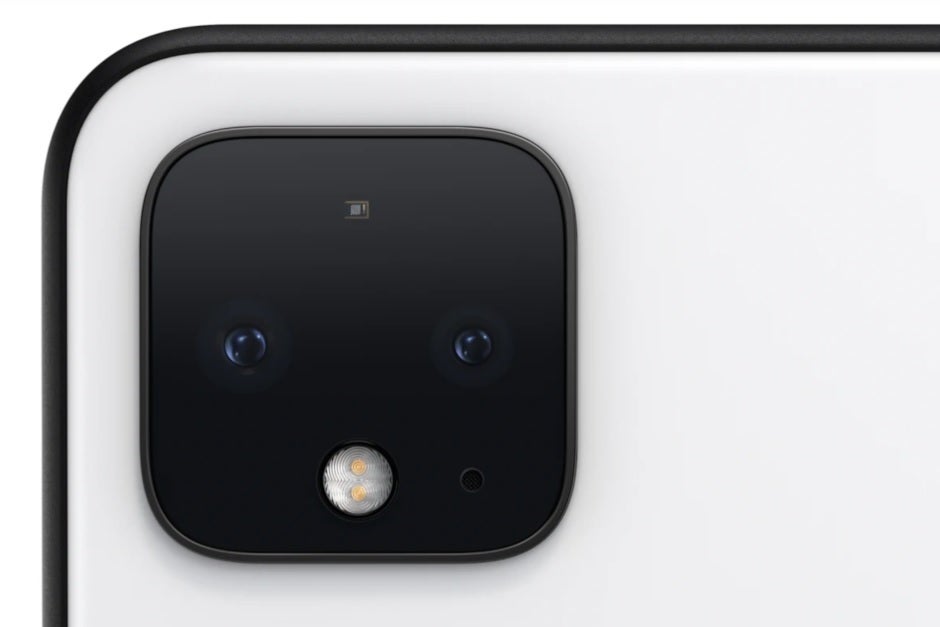Serious Android camera app vulnerability affected hundreds of millions of phones

Internet security firm Checkmarx has discovered (via Forbes) vulnerabilities related to permission bypass issues. After researching this on a Google Pixel 2 XL and Pixel 3, Checkmarx says that the same vulnerabilities are found on the camera apps used on other Android phones including those manufactured by Samsung. With this in mind, the number of smartphone users carrying around this issue on their phones is estimated to be in the hundreds of millions. Erez Yalon, director of security research at Checkmarx said, "Our team found a way of manipulating specific actions and intents making it possible for any application, without specific permissions, to control the Google Camera app. This same technique also applied to Samsung's Camera app."
Had this vulnerability been exploited, it could have cost Android device owners some serious money
To show how dangerous this vulnerability is, Checkmarx developed a "proof of concept" app that required no special permissions outside of the aforementioned storage permission. There were two parts to this app; one represented the malicious app installed on an Android phone, and the other part represented the attacker's command-and-control server. The app that was developed for the PoC was a malicious weather app that connects to the command-and-control server, waiting for instructions from it. This connection persists even if the malicious app is closed.
Using the command-and-control server, the attacker can see the vulnerable devices connected to the server and could force the target phone to take a photo or video and have it uploaded to the server. The attacker would also be able to tag the photos using GPS and pinpoint the location of the device on a map. Additionally, the target phone could be silenced while pictures and videos are recorded. And during a phone call, video from the victim's handset and audio from the other side of the conversation could be recorded.

The vulnerability found by Checkmarx could have allowed a bad actor to snap pictures and take videos from an Android device without the knowledge of the phone's owner
Checkmarx informed Google of the vulnerabilities and Google replied that the issue goes beyond just the Pixel line and covers the "broader Android ecosystem." Samsung also confirmed that its Android camera apps are affected as well. Both took steps to patch the vulnerabilities.
Google did release a statement that said, "We appreciate Checkmarx bringing this to our attention and working with Google and Android partners to coordinate disclosure. The issue was addressed on impacted Google devices via a Play Store update to the Google Camera Application in July 2019. A patch has also been made available to all partners."
Had Checkmarx not discovered the vulnerability and brought it to Google's attention, it could have been exploited by bad actors who would have stolen a ton of money from those sporting an Android phone. The security firm does have a hint for Android device owners, and it is a simple one that doesn't take much effort or time. "For proper mitigation and as a general best practice, ensure you update all applications on your device," says the company.
Follow us on Google News














Things that are NOT allowed:
To help keep our community safe and free from spam, we apply temporary limits to newly created accounts: